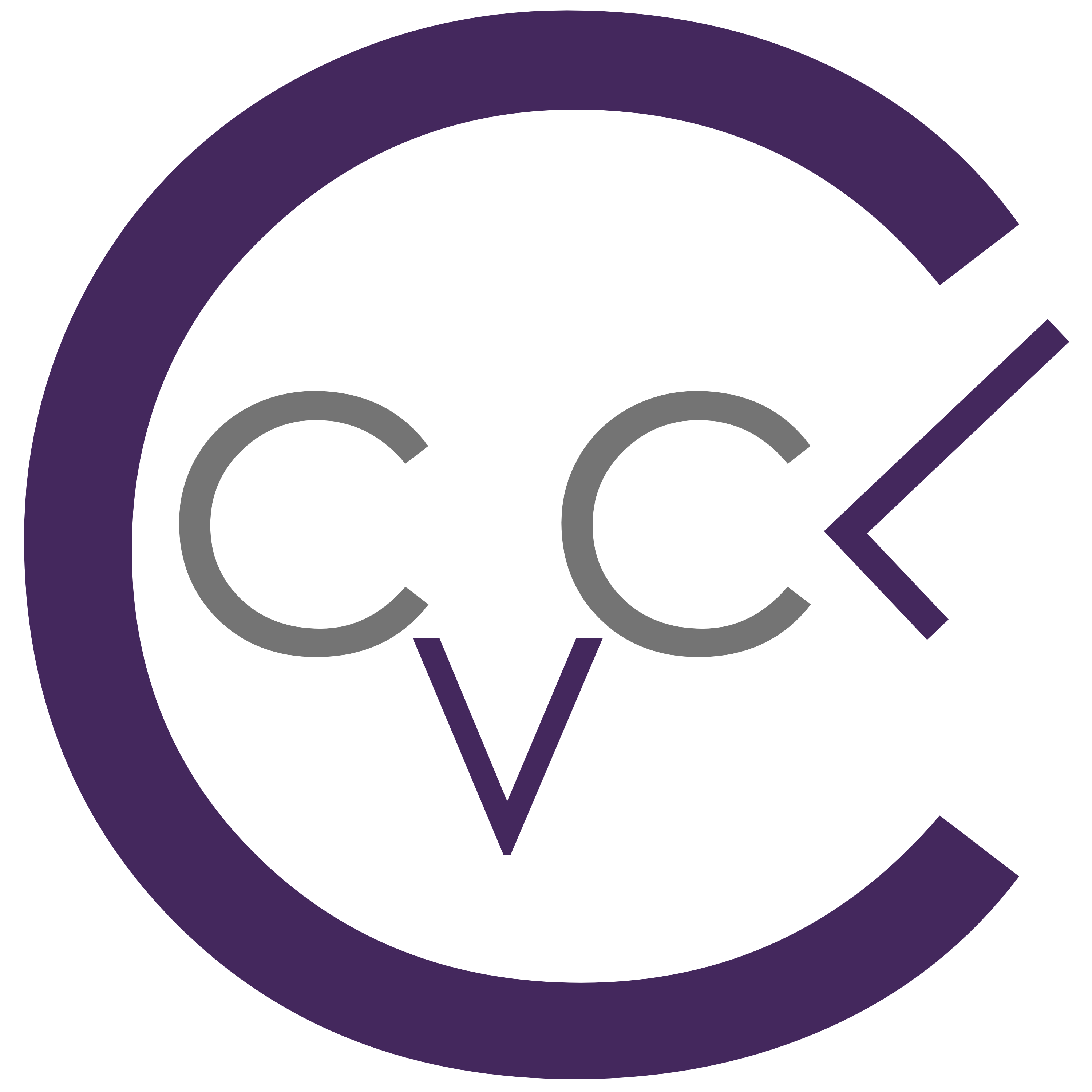Computer Vision and Image Processing – Spring 2020
- Instructor: Professor Zhigang Zhu
- The CUNY Graduate Center and City College
- Course Codes: CSc 74030-1 (60414) and CNS 80300-1 (64854) Computer Vision and Image Processing
- Time and Location: Wednesday 9:30 – 11:30 am, The CUNY Graduate Center (Room 5383)
- Office Hours: Wednesday 11:30am – 12:00 pm, The CUNY Graduate Center (Room 5383); 4:00 – 5:30 pm, City College (NAC 8/211)
Course Update Information
- 01/29/2020. The first day of class.
- 02/19,2020. Assignment 1 on Image Formation.
- 02/26,2020. Assignment 2 on Camera Models and Calibration.
- 03/08/2020. Assignment 3 on Feature Extraction
- 03/10/2020. Grading for Assignment 1.
- 03/24/2020. Grading for Assignments 1 and 2.
- 03/26/2020. We will start to use Zoom on 04/01/2020, and the class after that would be 04/07 Tuesday. We will have a spring break from 04/08 to 04/16. The link was sent to all of you via a Google calendar reminder. Please let me know if you don’t get it (check your spam folder too).
- 03/30/2020. Assignment 4 on Stereo and Motion.
- 04/18/2020. Grading for Assignments 1 to 3 and an attendance.
- 05/20/2020. Grading so far. I will try to get the grading for Assignment 4 and the Project Report done by the end of this week.
- 05/26/2020. Final Grading. I will submit the grades by the end of 05/27/2020.
Course Objectives
Computer vision has a rich history of fundamental work on color, stereo and visual motion, which has dealt with the problems of color image understanding, 3D reconstruction from multiple images, and structure from motion from video sequences. Recently, in addition to these traditional problems, the stereo and motion information presented in multiple images or a video sequence is also being used to solve several other interesting problems, for example, large-scale scene modeling and rendering, video mosaicing, video segmentation, video compression and transmission, video manipulation, mobile vision, and first person vision. The best successful vision systems that computer vision researchers can learn from are human vision systems, and usually need image processing as a pre-processing step. Therefore this course will also briefly discuss human vision science and explore how the brain sees the world, and basic image processing techniques, thus including introductory on computational neuroscience, motion, color and several image processing and feature extraction topics.
Course Syllabus and Tentative Schedule (mm/dd)
(Spring 2020 academic calendar)
Part 0. Introduction and Human Vision
- 0-1. Introduction (slides) & Human Eyes (slides) -01/29
- 0-2. Visual Brain (slides) -01/29, 02/05
- 0-3. Depth (slides) -02/05
- 0-4. Color (slides) -02/05
Part I. 2D Computer Vision Basics
- I-1. Image Formation: Digital Image Basics (slides) (Assignment 1)-02/19
- I-2. Image Enhancement (slides) (Lecture notes on feature extraction:I-2 and I-3) (Assignment 3 on I-2 and I-3) – 03/11
- I-3. Edge Detection: (slides) – 03/18 (instruction recess) -> 03/25
Part II. 3D Computer Vision
- II-1. Camera Models (slides) (lecture notes) (Assignment 2 on II-1 and II-2) – 02/26
- II-2. Camera Calibration (slides) (lecture notes) – 03/04
- II-3. Stereo Vision (slides) (lecture notes ) (Assignment 4 on II-3 and II-4), Project Discussion – 04/01, 04/07
- II-4. Visual Motion – (slides) (lecture notes) – 04/07 (Tuesday), 04/22
Part III. Exam, Projects and Project Presentations
- III-1. Exam Quick Review and Project Discussion – 04/29
- III-2. Exam – 05/06
- III-3. All Student Project Presentations – 05/13; Project Reports due 05/17 (Sunday) midnight!
Textbook and References
Main Textbook:
- Computer Vision, In the form of Lecture Notes and Slides; will be provided by the instructor
- Vision and Brain – How We Perceive the World, By James V. Stone, The MIT Press. Paperback | $30.00 | ISBN: 9780262517737 | 264 pp. | 6 x 9 in | 25 color illus., 132 b&w illus.| September 2012 (For students with little experience in vision and neuroscience to know human vision, brain and computational neuroscience)
Reference Textbook:
- “Computer Vision – A Modern Approach” , David A. Forsyth, Jean Ponce, Prentice Hall, 2003 (ISBN: 0130851981 , 693 pages).
- “Three Dimensional Computer Vision: A Geometric Viewpoint” , Olivier Faugeras, The MIT Press, November 19, 1993 (ISBN: 0262061589 , 695 pages)
Supplements:
Online References and additional readings when necessary.
Grading and Prerequisites
The course will accommodate both PhD students in Computer Science and master level graduate students in Data Science and Cognitive Neuroscience at the CUNY Graduate Center. Students who take the course for credits will be required to finish 4 assignments (40%), one midterm exam (40%), and one programming project (20%, including submit a report and give a presentation to the class at the end of the semester). The topics of the projects will be given in the middle of the semester and will be related to the material presented in the lectures.
Students are required to have a good preparation in both mathematics (linear algebra/numerical analysis) and advanced programming.
